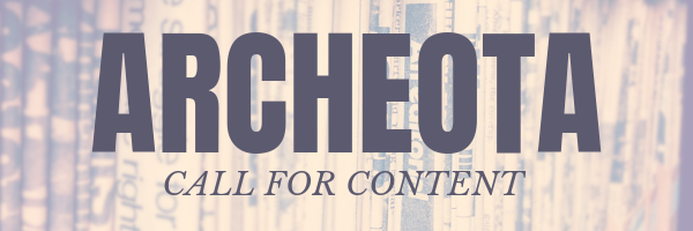
Contribute to Archeota
Are you interested in writing? Would you like to add publication to your resumé? Archeota is looking for original articles to publish in our upcoming issue. We invite you to send us your ideas.
If you’re interested in submitting something, but need some suggestions for what you could write, here are some ideas to get you inspired:
- Summary or opinion pieces on recent archives stories in the news
- Reflections or advice pieces based on first-hand experience, including jobs, internships or volunteer work
- Interviews with practicing archivists
- A review of archives-related media, such as a podcast, blog, book or article
- A report about an SAASC event you attended recently
- Profiles of archives you’ve worked at, visited, or just dream of visiting
- Reflections on life as an iSchool student
- A report about a recent conference you’ve attended
- Archives-related artwork (photographs/comics/poetry)
- Archives-themed puzzles
Or find inspiration in any of our previous issues, archived on our website, at: http://sjsusaasc.weebly.com/archeota.html.
Submission deadline: Friday, November 16, 2016 @ 11:59 pm PST
Submit your idea or article to: sjsusaasc@gmail.com